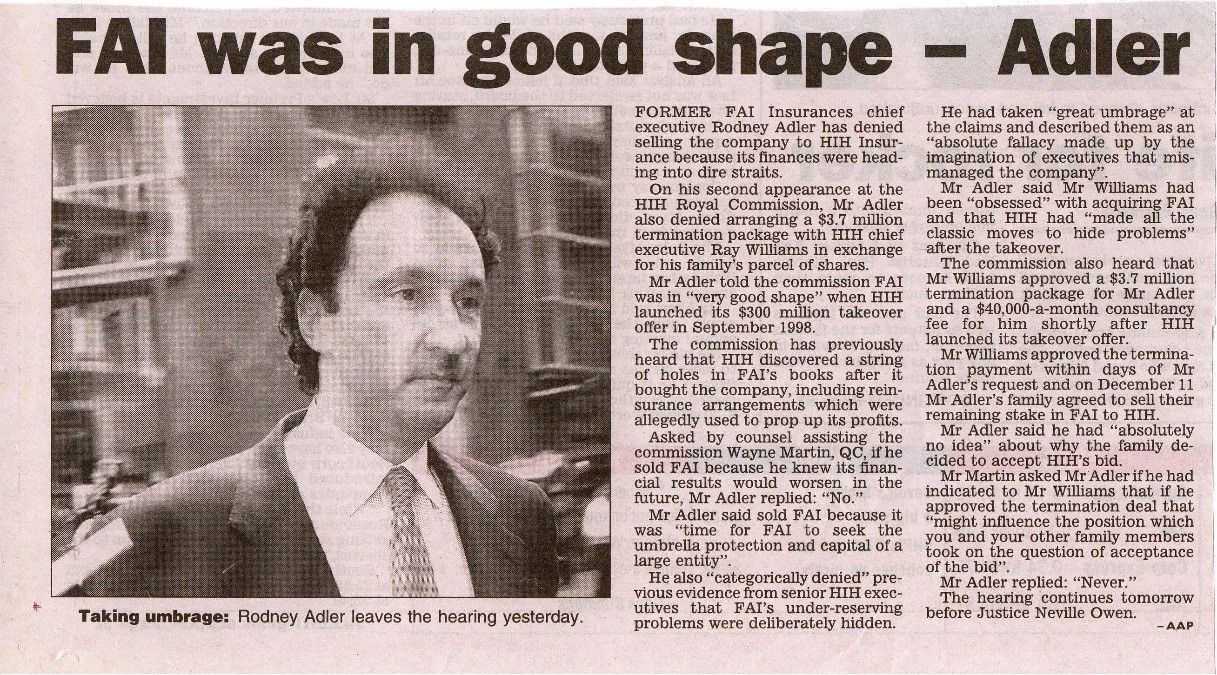How To Challenge Family Law Valuation Reports
A forensic accountant, with valuation expertise, can review a valuation report and act, initially, as a shadow expert to advise on the merits of the valuation report. A significant part of our work involves reviewing valuation reports prepared by other firms and finding one or more justifiable ways to have these valuation reports set aside.
What are the common contexts in which valuation reports prepared for family law purposes can be cast aside?
In family law matters, particularly in litigated matters in the Family Court of Australia, a single-jointly appointed expert is engaged to profer an opinion on value via the preparation of one or more valuation reports. We often start as a shadow expert to keep track of the enquiries made by the single-jointly appointed expert leading up to the preparation of the valuation report and evaluate whether there is a significant problem with the valuation report when it is issued. If there are problems with the report, we may come out of the ‘shadow’ and present a justification (for consideration by the court), on why the valuation report of the single-jointly appointed expert should not be the only expert opinion on value and that an alternative, more credible opinion on value should be preferred. In other cases, we may be approached to assist when one of the parties races off to get a valuation report without agreement from the other party and then seeks to use that valuation report to push for a property settlement. Putting aside the likely lack of independence this valuer will have in preparing the valuation, it is likely that one party will want to discredit the opinion of the other party’s valuation expert and put forward a different valuation opinion, particularly when there are problems with the valuation report.
What are the typical problems with valuation reports?
Rule 15.65 of the Family Law Rules 2004 provides the parties with the opportunity to ask the single jointly valuation expert questions in writing within 21 days from the issue of the report. This very narrow time frame requires a systematic approach when reviewing a valuation report. We characterise problems with valuation reports into three main three issues being: 1) Manifest errors by the valuer 2) Insufficient enquiries made by the valuer 3) Poor judgements by the valuer. It is said by valuers that when it comes to value, there is no single indisputable amount which is why valuers will adopt a range of values before expressing a conclusion of value at a point estimate. In relation to problems around poor judgments, this likely reflects that a business valuer has made one ore more poor judgments which result in a value conclusion which falls outside of what might be considered a normal range of values, however challenging individual poor judgments by the valuer in of itself may not amount to enough to have a court set aside the valuation and therefore it is much more powerful to also identify manifest errors and insufficient enquiries made by the valuer.
What are examples of ‘manifest errors’ in valuation reports prepared for a family law purpose
- Adopting the wrong standard of value. Market value, fair value, value to owner, economic value, etc all mean different things at law and also as valuation professionals use these standards of value. Assuming the valuation report is prepared for a family law purpose, the valuer needs to consider the standard of value the court would adopt for the purposes of dividing the marital assets. Market value or fair market value may not necessarily always be appropriate if there is a different value which would arise adopting say, value to owner.
- Valuing the wrong asset. Valuing the business only and not the legal entity is simply valuing the wrong asset for a family law purpose.
- Failure to consider and identify surplus assets held in the legal entity which are not needed to operate the business.
- Treating some items of working capital required by the business as a surplus asset of the business, e.g. cash, without explanation or without sound rationalisation.
- Adopting a wholly inappropriate valuation approach and methodology. For example, a very commonly applied business valuation methodology, called ‘the FME method’, is applied without explanation or without sound rationalisation.
- Adjustments for personal goodwill derived from a business value calculation including a goodwill value.
- Adopting the wrong type of capitalisation rate to the profit. For example, adopting a price-earnings (P/E) multiple to Earnings Before Interest and Tax (EBIT).
- Not ‘normalising’, i.e. adjusting the historical profit for market rent, market remuneration, once-off events/transactions, poor accounting e.g. recognising long cumulative years of employee leave (annual, long service) in one year.
What are examples of insufficient enquiries made by the valuer when preparing a valuation report for family law purposes?
- Is the date of the valuation more than 6 months after 30 June? The date of the valuation is important because value changes over time and value can change significantly as circumstances can change over time. Therefore, the longer the period between the date of the valuation report and the date of the assessment of value, the less reliance you will be able to place on the value for the purposes of a property settlement. A valuation report expressing an opinion on the value of a business which is over 6 months, particularly involving a business which has not historically been stable in terms of revenue and profits, is likely to raise significant questions over its relevance for use in a property settlement.
- What enquiries were made by the valuer and what were the responses to these enquiries? Where a sufficient number of documents reviewed in preparing the valuation report? Look for caveats and disclaimers and other limitations included in valuation report – do they water down the conclusion of value?
- Did the valuation expert simply rely on statements provided to him or her without making any further reasonable enquiries in relation to the accuracy of the statements? Placing reliance on inappropriate financial reports which are subject to creative accounting, sloppy accounting or fraudulent accounting.
- What sense checks or cross-checks have been applied? Have industry rules of thumb been used as a primary valuation methodology?
- Is the related party debt balance going to be recovered? Is the face value of the related party loan its market value?
What are examples of poor judgments made by the valuer when preparing a valuation report for family law purposes?
- Adopting a historical profit, rather than project profit for determining the future maintainable earnings (FME) of the business.
- Using a simple average of the past three year’s historical profit for determining the future maintainable earnings (FME) of the business.
- Adopting an inappropriate capitalisation rate based on the available evidence.
- Adopting inappropriate discounts for say, lack of control, lack of marketability, etc.
- Assuming there are no surplus assets or adopting assumptions supporting a nil surplus asset amount.
- Assuming there are no normalisation adjustments.
If you are staring at a valuation report (involving a business or intangible asset) that suffers from one or more of these problems, contact us.
Leave a Comment:
SEARCH ARTICLE:
SHARE POST:
RECENT ARTICLE:











